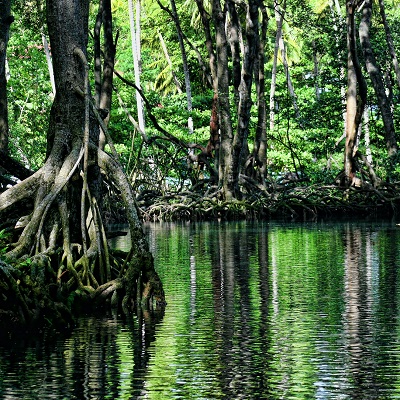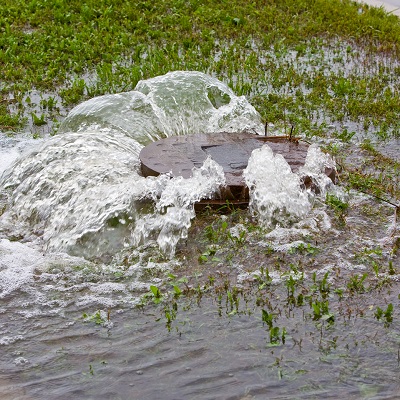- DatesApril 2021-July 2022
- SponsorSevern Trent Water
Severn Trent Water (STW) is seeking to improve GHG monitoring capability across multiple sludge treatment centres and assets. Both fugitive and constant emissions are of interest as their reduction is a priority to ensure STW adheres to the agreed 2030 Triple Carbon Pledge. However, off-the-shelf land-based GHG emissions sensors (>£70k / sensor) exceed current budget thresholds for GHG monitoring. The use of unmanned aerial vehicles (UAVs) has proved cost effective for a varied range of environmental monitoring tasks within STW. Therefore, STW would be interested in exploring the possibilities that UAVs offer within the context of GHG emissions monitoring, with a particular focus on methane emitted from sludge treatment centres.
Of specific interest is the contribution that such a novel framework could make to enhance reporting activity under the Carbon Accounting Book. It is envisaged that the framework, if successful, could be further developed for the monitoring of nitrous oxide in activated sludge tanks and other wastewater secondary treatment processes, as well as for monitoring emissions resulting from ammonia volatilisation in secondary open digesters and biosolids cake pads.
The overall aim of this project is to develop a conceptual UAV-based framework for the robust quantification of methane emitted from sludge treatment centres, with the double focus of fugitive emissions from closed tanks and unconfined emissions from open processes. This will be achieved through two overarching objectives:
- Objective 1: To gain an understanding of the emission estimates (methane) from sludge treatment centres, particularly looking at mesophilic anaerobic digesters and secondary open digesters (storage tanks);
- Objective 2: To develop a monitoring framework for the specific case of sludge treatment centres making use of an advanced in-house (Severn Trent Water) UAV capability.


